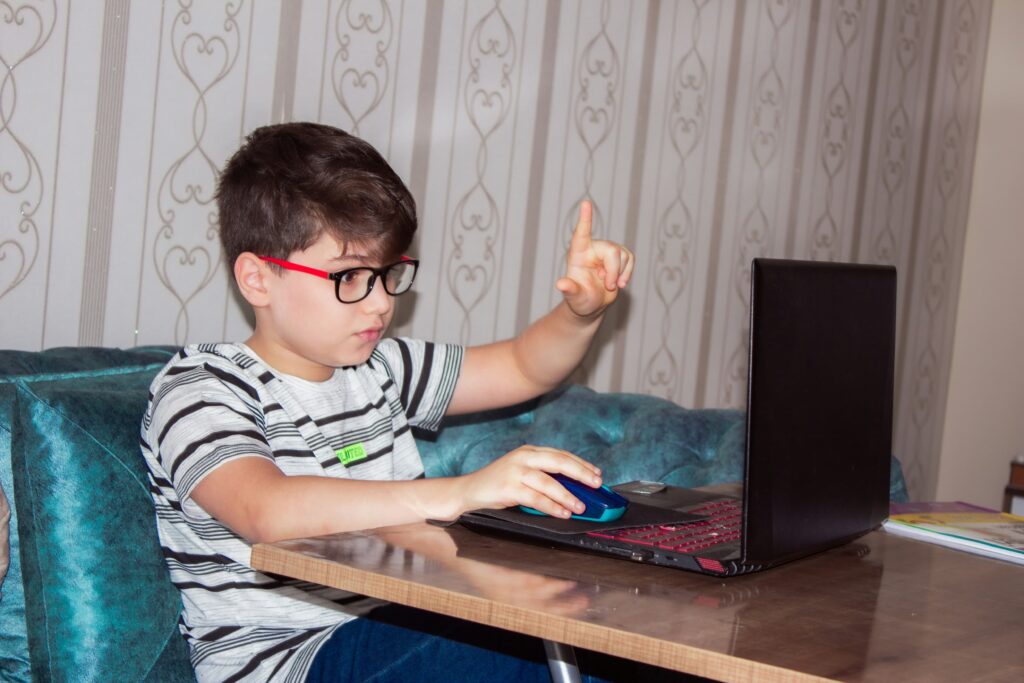
What is Video Remote Interpretation?
Video Remote Interpretation, or VRI, is a form of videoconferencing technology in which two or more people can speak or sign through a remote interpreter. VRI services were originally designed with the deaf or hard of hearing community in mind, but the use of video communication has grown rapidly in recent years as an empathetic communication tool across languages and industries.
There was a significant spike in VRI use with languages other than American Sign Language (ASL) during and after the global pandemic, as families, friends, organizations, and entities all around the world strove to social distance and carry on life remotely. The medical field specifically benefited from video remote interpreting services, as healthcare providers could conduct business and care for patients while ensuring the health of all involved.
How does Video Remote Interpretation differ from Over-the-Phone Interpretation (OPI)?
The simple answer is that VRI includes audio and visual communication components, while OPI only provides audio communication over a phone line. Though the additional communication benefits of VRI are clear in many situations, there are still pros and cons to each form of remote interpretation that should be evaluated before scheduling an interpretation session.
Video Remote Interpretation Advantages and Disadvantages:
- VRI can be used to communicate with members of the deaf or hard of hearing community using ASL.
- Visual cues can help provide more meaningful communication for the remote interpreter and for both parties.
- Body language and facial expressions can often convey more emotion and context than purely spoken words, helping to ensure that meaning isn’t lost in translation.
Over the Phone Interpretation Advantages and Disadvantages:
- OPI can’t be used to communicate with members of the deaf or hard of hearing community, so it is not a good option for ASL needs.
- It is often more convenient for users than video chat, as there are fewer logistics to manage.
Each form of remote interpreting has aspects that make that service a better fit under differing circumstances. To learn more about best practices when using either type of remote interpreting, check out this article by our Senior Account & Remote Interpreting Manager, Kim Beck, to optimize your remote interpreting session.
Which Languages are most Popular for Video Remote Interpretation (VRI)?
American Sign Language

It is common knowledge that members of the deaf and hard of hearing community use hand signs to communicate. Body language and facial expressions, however, are still depended upon to understand the underlying meaning and context tied to those hand signs. Visual cues are universally important across languages, including for those using sign languages such as ASL. This makes video remote interpreting ideal for communicating via ASL in most situations.
During the more intense outbreaks of Covid-19, global mask-wearing made it challenging for anyone to see full facial expressions, posing additional communication hurdles for many. As humans, we often lean on visual cues of someone’s mouth movements even when we don’t hear their words, but this is not possible while wearing a face mask. Mask-wearing during the pandemic (and since that time) has made communication arduous for members of the deaf or hard of hearing community, especially if they are in hospital settings, where masks might still be required and an in-person interpreter may not be permitted.
While the worst of the global pandemic outbreaks are hopefully behind us, these communication challenges make VRI capabilities vitally important for any business that connects with members of the deaf or hard of hearing community. Video remote interpreting technology allows you to communicate effectively with any deaf or hard of hearing person without risking the health of either party.

Fun Fact: Did you know that members of the deaf and hard of hearing community have dialects and use their own slang? Our remote interpreters have extensive experience throughout the deaf and hard of hearing community, including localization.
Arabic
According to Boostlingo, there are more than 400 million Arabic speakers around the world and it’s the fastest growing language in the United States. In the United States, as much as one third of the Arabic speaking population is concentrated in 3 states: Michigan, New York, and California. SpokenHere’s team is highly adept at interpreting Arabic to English and vice versa.
Chinese Mandarin
Somewhere between 917 million and 1.3 BILLION people on Earth speak Mandarin Chinese or another form of Chinese. In fact, Babbel claims that approximately 1 in 6 people in the world speak Chinese. If you’re doing business on an international scale, there is a good chance that you will encounter the need for an English to Chinese interpreter, and video remote interpreting services can ensure that none of the visual cues are lost during communication.
Spanish
In terms of worldwide popularity, Spanish comes in second only to Chinese Mandarin, with over 450 million native speakers in over 20 countries. While Spanish is commonly associated with Central and South America, it is spoken widely throughout North America and Europe as well. In fact, there are currently more Spanish speakers in the United States than there are in Spain! Remote interpretation between English and Spanish-speaking natives is incredibly valuable, even for local businesses.

How can you start using VRI to improve your business?
Whether you need to communicate with someone on the other side of the globe or someone in your office, our goal is to build relationships by bridging cross-cultural and multi-language communication gaps.
Video remote interpreting services with SpokenHere are economical, convenient, and easy to access. Our rates for VRI services are charged by the minute, with no minimum monthly fees. SpokenHere’s ConnectNow remote interpretation platform allows you to connect with our professional interpreters instantly from your desktop, tablet, or even mobile device. Additionally, our on-demand VRI services are available 8:00AM – 8:00PM EST Monday through Friday and by appointment outside of those hours.